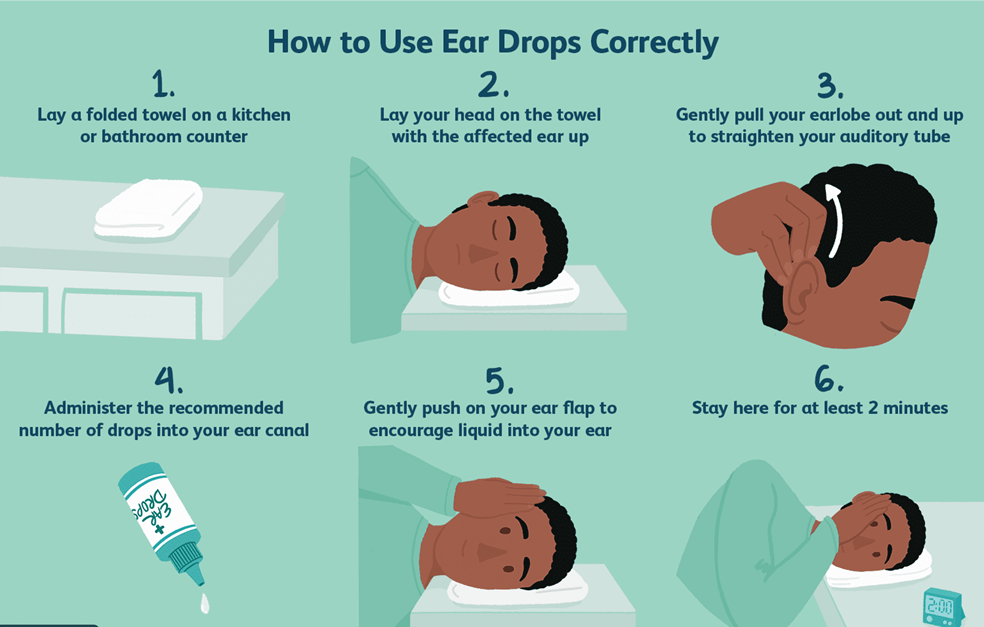A charge nurse on a long-term care unit is working with an assistive personnel who states, "I am tired of all the changes on this unit. If things don't improve soon, I'm requesting a transfer." Which of the following responses should the charge nurse make?
"There has been too much complaining about these changes."
"Please, try to wait a little longer. Things will get better soon."
"So, you are upset about all of the recent changes on the unit?"
"Why don't you just file a formal complaint with Human Resources?"
The Correct Answer is C
Rationale:
A. This response dismisses the concerns of the assistant personnel and is not supportive.
B. This response minimizes the assistant personnel's concerns and does not acknowledge their feelings.
C. This response acknowledges the assistant personnel's concerns and opens the door for further discussion.
D. This response does not address the assistant personnel's concerns and suggests a formal complaint as the only solution. It is not supportive or collaborative.
Nursing Test Bank
Naxlex Comprehensive Predictor Exams
Related Questions
Correct Answer is C
Explanation
Rationale:
A. Cleansing the client's outer ear with isopropyl alcohol to remove wax is not recommended because it can cause irritation and dryness.
B. Pulling the client's pinna downward and back is an incorrect technique for instilling otic medication in an adult client. An adult ear should be pulled upwards and backwards.
C. Holding the ear dropper 1 cm (0.5 in) from the client's ear is accurate.
D. Requesting the client remain supine for 10 min following administration is not necessary and may not be practical, instead the client should lie on the contralateral side.

Correct Answer is {"A":{"answers":"A"},"B":{"answers":"A"},"C":{"answers":"A"},"D":{"answers":"A"},"E":{"answers":"B"},"F":{"answers":"B"}}
Explanation
A. Physical therapy for muscle-strengthening and balance-training is expected because the client has a left lateral malleolus fracture and a Bone Mineral Density DEXA scan of -3.8. Physical therapy can help with rehabilitation and prevent future falls.
B. Calcium supplementation is expected because the client has a Bone Mineral Density DEXA scan of -3.8, indicating osteoporosis. Calcium supplementation is essential for bone health.
C. Vitamin D supplementation is expected because the client has a Bone Mineral Density DEXA scan of -3.8, indicating osteoporosis. Vitamin D supplementation is essential for calcium absorption and bone health.
D. A home health evaluation of home safety is expected because the client lives alone and has a history of falling. A home health evaluation can help identify potential hazards and improve safety.
E. Increasing caffeine intake is unexpected because the client already reports consuming at least 3 cups of coffee daily. Increasing caffeine intake further may not be advisable due to potential side effects, such as increased heart rate and blood pressure.
F. Increasing daily sun exposure is unexpected because the client has osteoporosis and a history of falling. Excessive sun exposure can increase the risk of skin cancer, and the client may not be able to safely spend extended periods of time in the sun due to mobility limitations. Additionally, vitamin D supplementation is usually recommended over sun exposure for individuals with osteoporosis.
Whether you are a student looking to ace your exams or a practicing nurse seeking to enhance your expertise , our nursing education contents will empower you with the confidence and competence to make a difference in the lives of patients and become a respected leader in the healthcare field.
Visit Naxlex, invest in your future and unlock endless possibilities with our unparalleled nursing education contents today
Report Wrong Answer on the Current Question
Do you disagree with the answer? If yes, what is your expected answer? Explain.
Kindly be descriptive with the issue you are facing.
